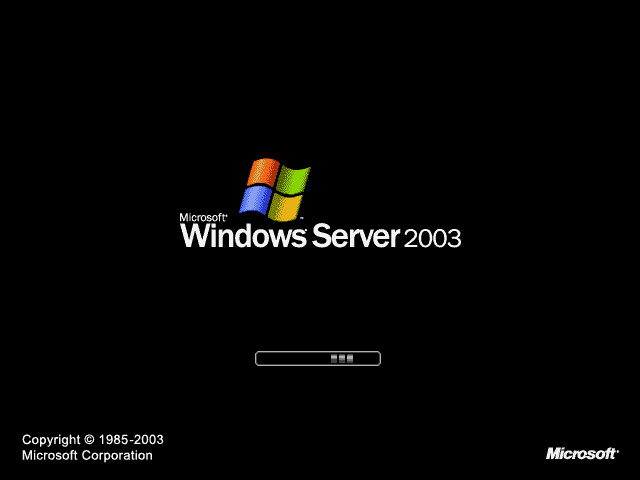Time flies. It’s already been a decade since Windows Server 2003 was first introduced and it’s now preparing for the end of its life. And with support ending on July 14th, 2015 the end is coming faster than you may think.
If you don’t want to be caught playing catch-up, it’s time to evaluate your Windows Server 2003 migration strategy. Regardless of whether you’re moving to Windows Server 2008 R2 or Windows Server 2012, you have a lot of planning to do, and not much time to do it. Here are seven questions to ask yourself when mapping out your migration course so that you can be ready next July.
Do I know my inventory?
Research suggests that there are still 10 million machines running Windows Server 2003. How many of those are in your organisation? To plan your migration strategy effectively, you need to take an accurate inventory of all Windows Server 2003 servers and collect information including CPU, memory, disk space and overall utilisation for each machine you have.
> See also: Windows 10: more migration for IT teams
Do I really need them all?
Business demands have changed significantly over the past decade and it’s likely that you’re server infrastructure may not always have kept up. It’s time to reevaluate your requirements. After evaluating the overall utilisation of each Windows Server 2003 system, consider which servers may no longer be required and retire them. There is no point in migrating a system that is no longer useful.
What can I consolidate?
Once you have made a list of systems to decommission, look at the operations you could consolidate onto newer systems. Be sure that you consider peak workload periods and performance demands during your consolidation planning so that user productivity isn’t impacted during high transaction periods. Consider options to burst into a cloud environment when more computer power is needed.
What workloads could I virtualise?
If you haven’t started a virtualisation project yet, now is the time. VMs can be the ideal way to consolidate those operations that didn’t fully utilize a Windows Server 2003 server. But take care not to overbuild your VMs. Size them based on your total application utilisation requirements.
How can I simplify the migration?
Reduce the time, cost and complexity with advanced environment management technology that can streamline profile, policy and privilege management, application access controls and more during a migration project. The most advanced tools can be used to support both server migrations as well as desktop migrations so that you can not only migrate off of Windows Server 2003, but also efficiently perform your Windows XP migration to new Windows 7 or 8 desktops without downtime.
How do I eliminate user disruption?
The key consideration is you never want to impact user productivity during a migration. User Environment Management products have been designed to simplify migrations without user disruption. Users, whether they be on servers or desktops, can move back and forth seamlessly between platforms keeping users in control and productive.
> See also: April patch Tuesday: the last gasp for Windows XP
Once migrated, am I done?
Once your migrations are complete, and you’ve retired all of your Windows Server 2003 systems, certainly take a moment to celebrate. You’ve proactively worked to protect your environment from the risk of unwanted threats that may penetrate a server system that is no longer supported. But, after the celebration is over, be sure to take a fresh inventory of your new systems, assess utilisation and identify any problem spots. Adjustments are certain to be necessary, but you’ll be prepared if you have a more agile infrastructure with users that are enjoying performance and usability benefits.
Sourced by Simon Townsend, chief technologist at AppSense










